Great sounding synth. Phat analogue Moog sound. Great for bass and lead sounds but it can also get versatile and very deep with all mod possibilities.
This is my first Moog and I must say not only it looks nice, the construction is top and the knobs feel great. But most importantly it sounds amazing. Nice and thick low frequencies, but there's more than that. Capabilities are endless. And of course the moog filter needs no introduction. Just perfect, 4-steps and the overdrive. Duophonic mode is a big plus also.
Preset buttons are very helpful, you can access any saved preset in no time. In sequencer mode they become sequencer steps, with visual representation and edit capabilities. The overall workflow is quite nice. One-knob per function makes everything easier.
The free editor/librarian VST from Moog works great with DAW and there's also a standalone version which works the same. With the librarian, you can of course save and edit the presets on the hardware memory, but you can also save presets on your computer, which can come very handy. In fact there were some more presets included with the installation, which I didn't know about.
Unfortunately you can only run one VST editor in each project, so for more sounds inevitably you need to bounce (and organize by saving midi & preset if you need to go back sometime). Other than that, I cannot find many cons about this synth. Ok maybe the screen is a bit small but you get used to it.
Great sounding synth of a beast


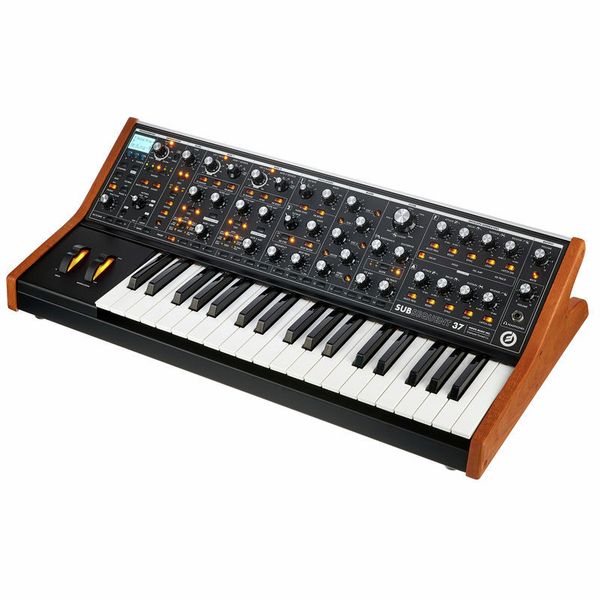
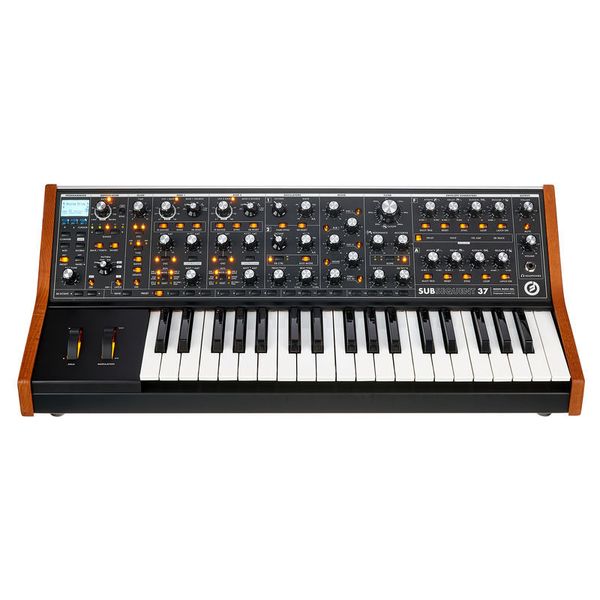
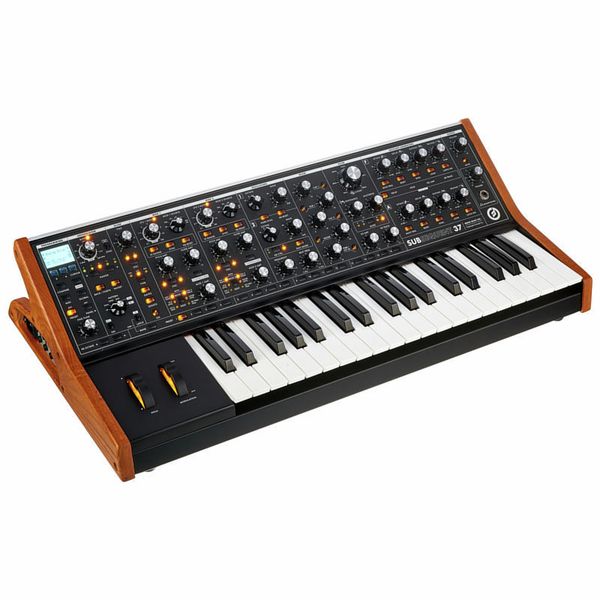
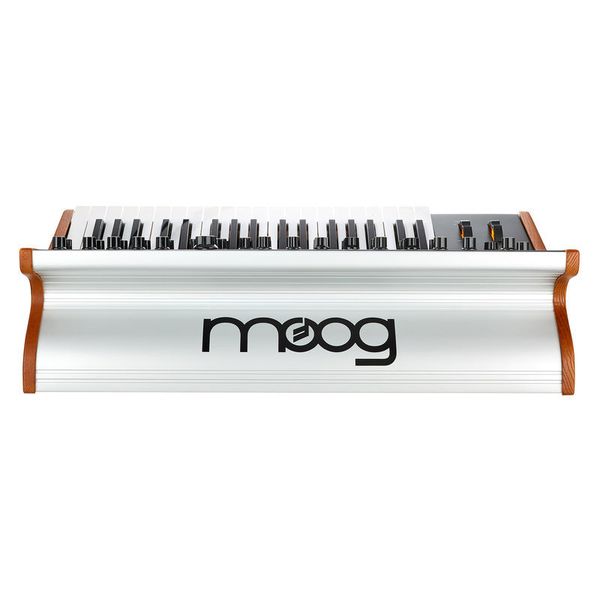
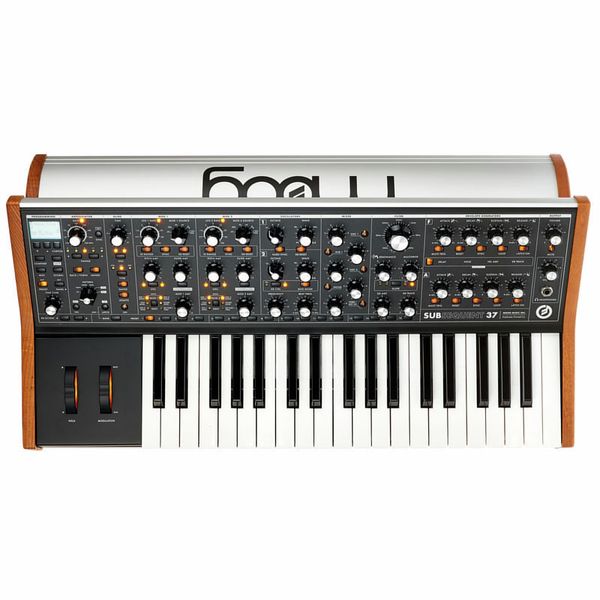
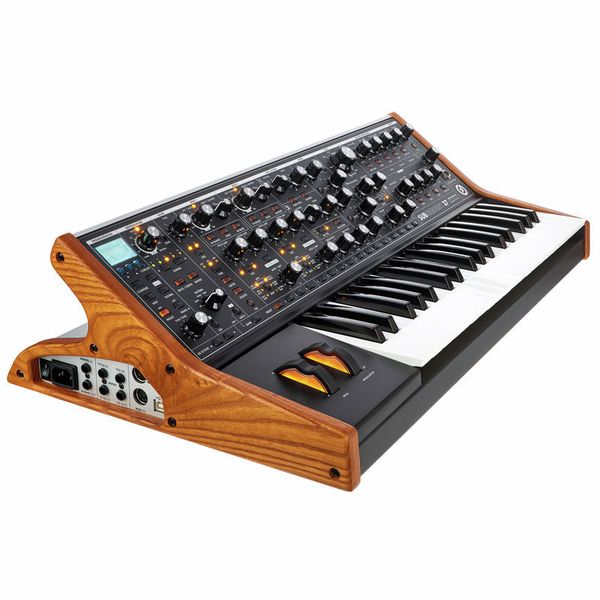
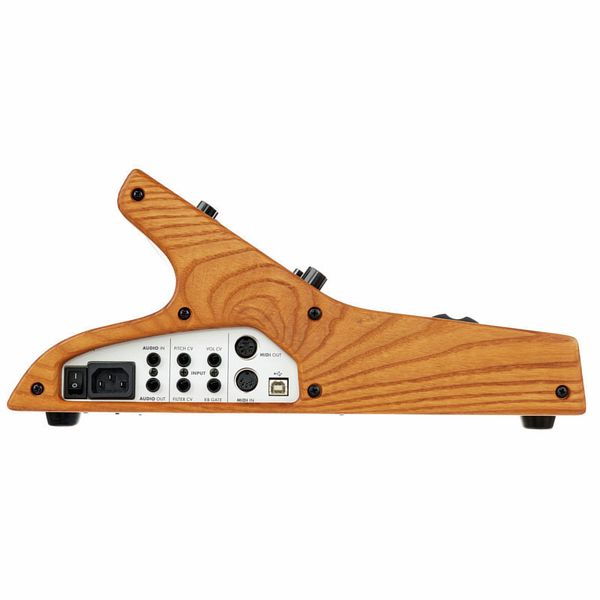
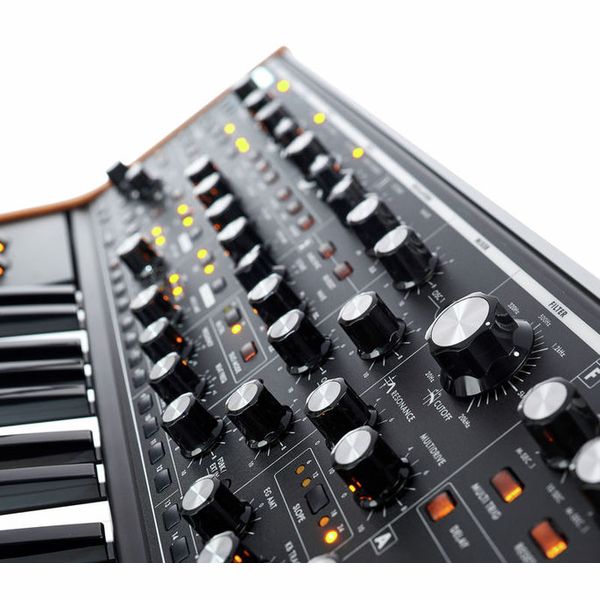
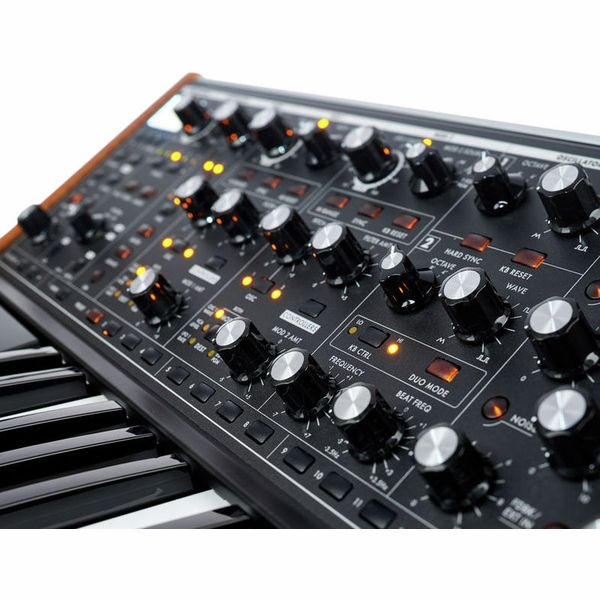
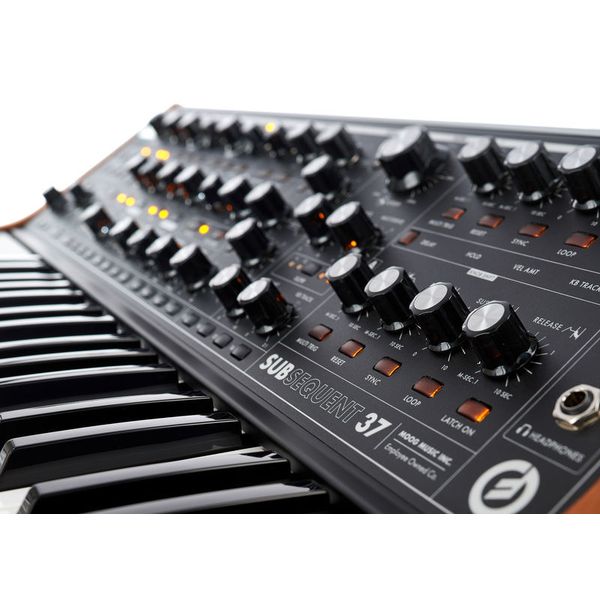
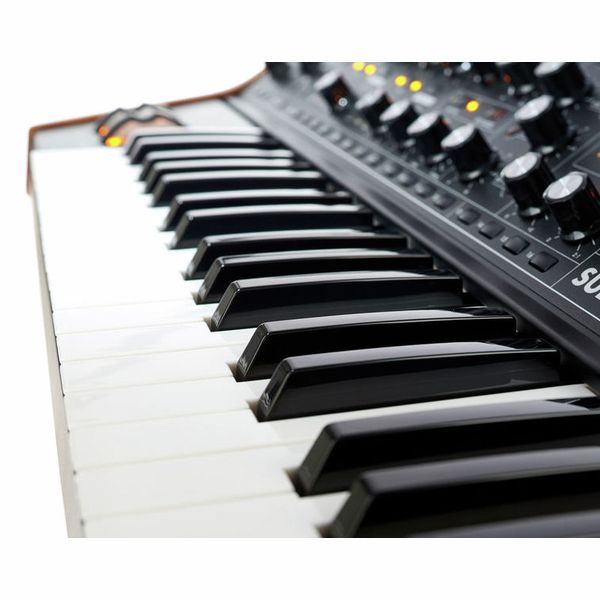
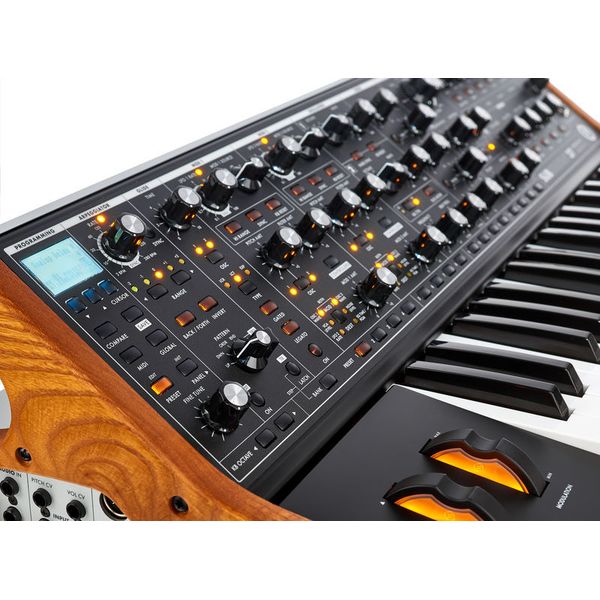
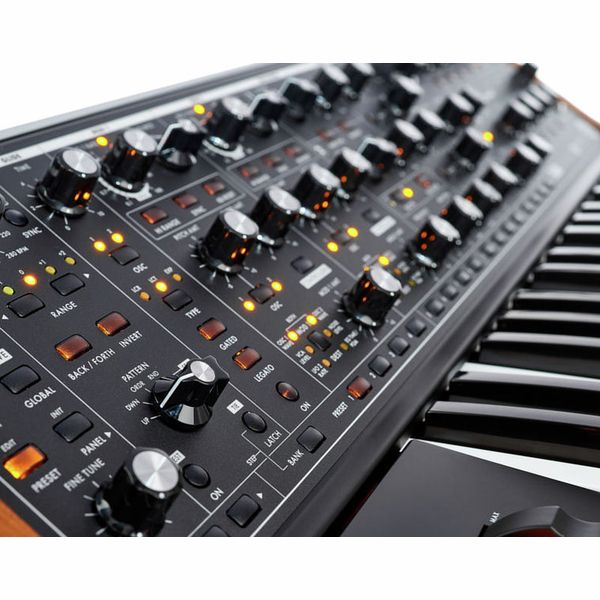
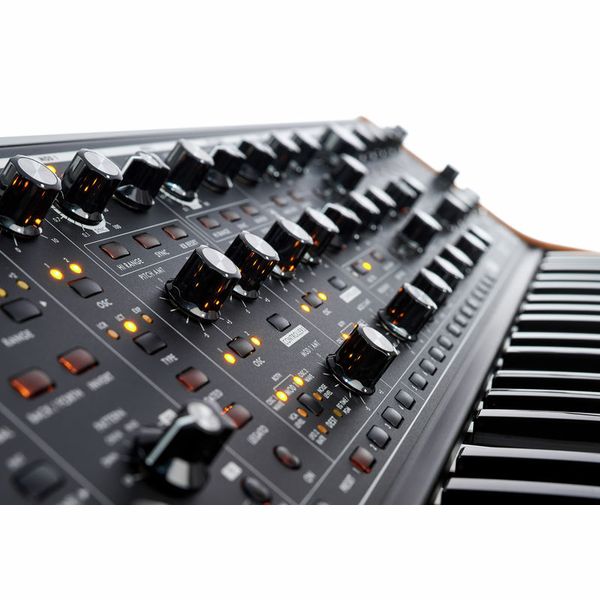
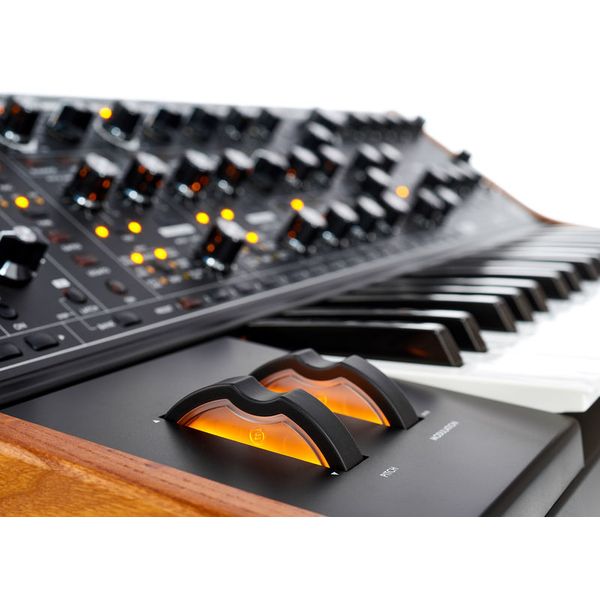
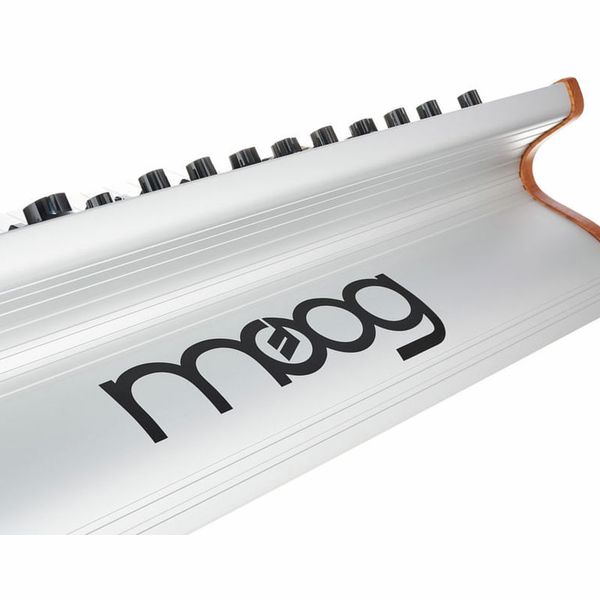
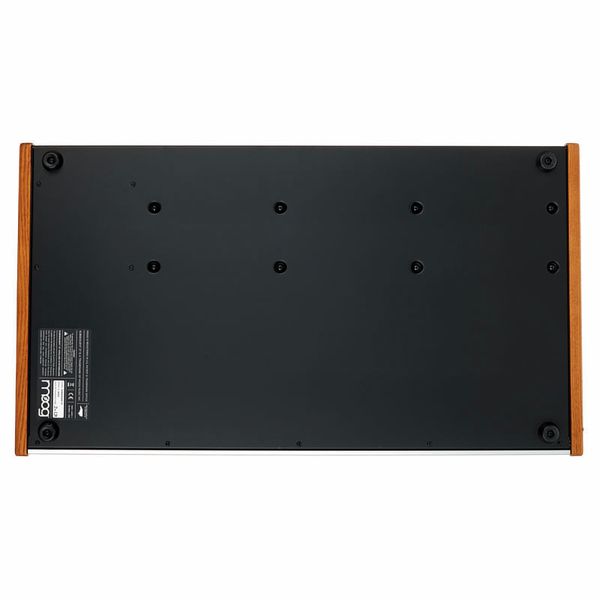



















)
)
)
